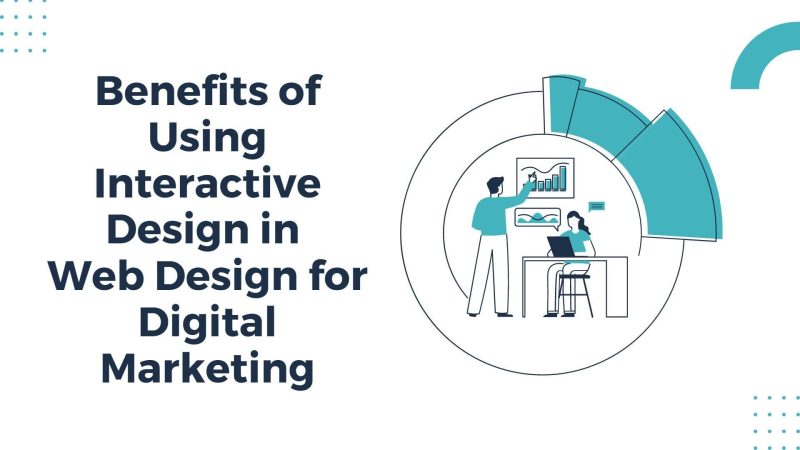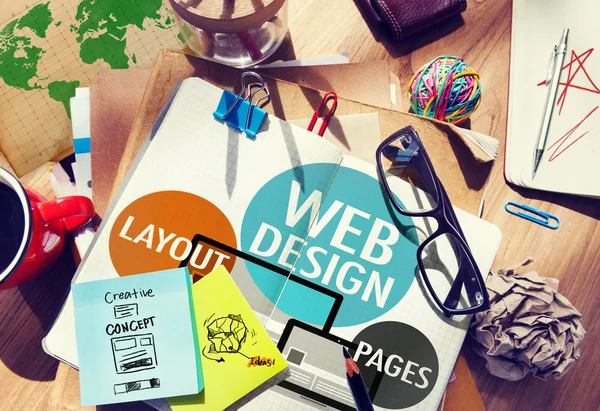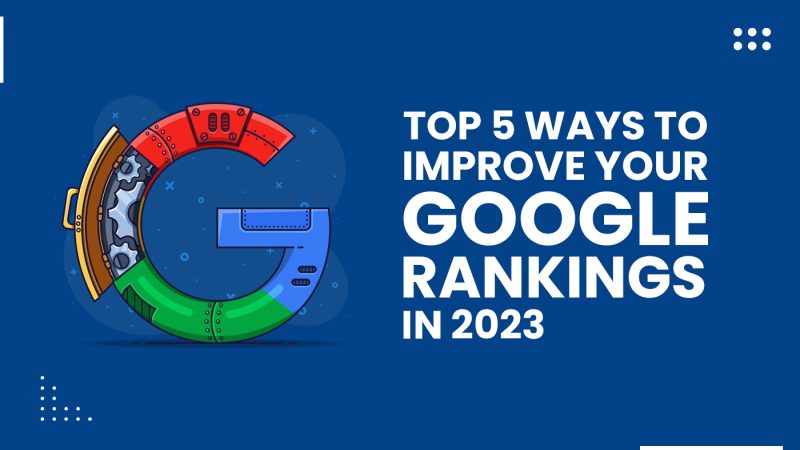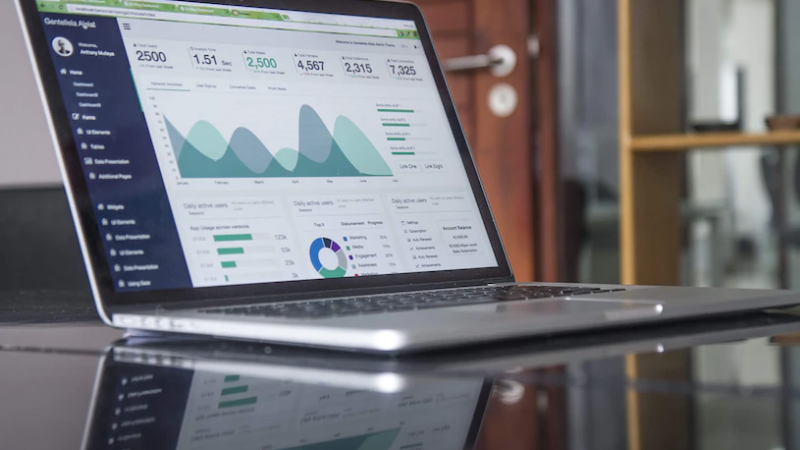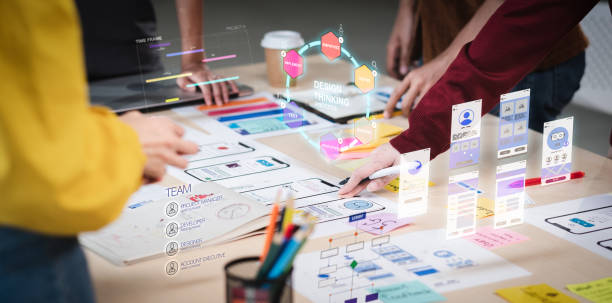UX Designer Job Description: Responsibilities Explained

The importance of UX can hardly be ignored today, in the period of the booming digital market and a struggle for users’ hearts. Thus, a company specializing in digital product creation needs to employ a UX designer as a standalone specialist. This expert analyzes user needs, preferences, and expectations, thus transforming the apps and platforms into something people love and want to use.
So, now that you’ve realized that you need a professional with UX expertise and a feel of digital product esthetics in your team, it’s time to hire one. Or probably you’re a web design student wishing to pursue UX design as a career? In any of these situations, you need to know who a UX designer is and what roles they have to perform in a company. Here we give a detailed breakdown of UX designers’ responsibilities, answering a common question, “what do UX designers do?” This data will help you understand what you can require from this employee, what duties you’ll be expected to perform as a worker, and, more importantly, what a UX designer’s position does not include.
Intro to UX Design
UX is an acronym for user experience. So, it’s logical that UX designers work on the improvement of visual and functional design elements contributing to user satisfaction. Thus, UX design represents a complex concept that includes elements of visual design, usability, IT architecture, and interactivity of the produced digital solution. The goal of every UX designer is to make apps simple, usable, and enjoyable for consumers. Such products easily communicate value and achieve greater buy-in on the market.
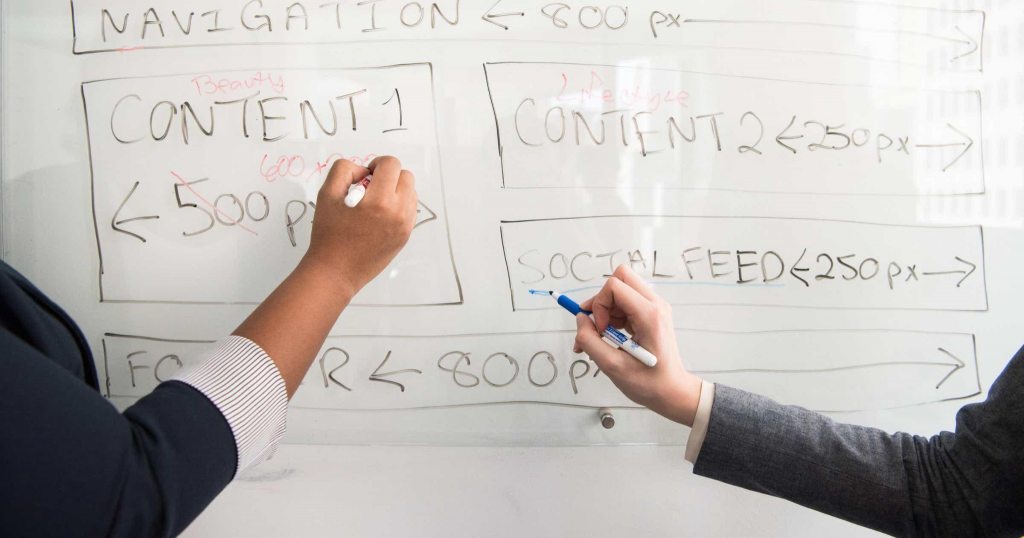
A UX Designer’s Duties
Using the definition of UX design provided above, we can now talk about the responsibilities of a UX specialist. The overall scope of their duties is as follows.
#1 User Research
UX research is a vital starting step of any design process. It helps a UX designer clarify the direction in which the team should move to achieve the product’s buy-in. Research may be observational or people-focused. A UX designer may look at what people currently use, what competitor products exist on the market, and what users lack in them. People-focused research means asking questions about what people like and don’t, what they want from a new app, etc. A UX designer becomes much better positioned to formulate project specifications and make design choices based on that data.
#2 UX Design Planning and Goal Setting
A UX designer is also responsible for defining the product’s information architecture. This role is related to UI design, as UI experts determine a set of features needed for the app’s successful functioning, while UX designers choose the features that will make customers happy. Thus, UX designers work on the product’s feature set, technical requirements, and overall structure to visualize how the app will deliver value to users.
#3 Design Process Oversight
UX design is involved in every step of a digital product’s design. So, a person responsible for UX design should participate in all phases, starting from project ideation to its launch to the market. A vital part of a UX expert’s work is a collaboration with creative directors, visual designers, and programmers on the way to attaining an optimal UX design and functionality.
#4 Prototyping
A UX designer should know the basics of web design software and programming languages to create MVPs and wireframes. These intermediate design samples serve for design testing and can save much time, money, and effort for the team. Designers can plan the app’s layout with wireframes and experiment with design options to find the best one.
#5 Analytics
UX designers need to be able to apply their research findings to make workable, evidence-based design decisions. These data can inform further work on the app’s improvement. UX experts also keep pace with the design innovation this way, offering new ways of doing things to give more customer value.
#6 Stakeholder Communication
A UX designer stands at the crossroads of different departments’ work on the project. Thus, they need to align communication and collaboration of numerous team members to achieve optimal outcomes. They attend meetings with clients and take part in team meetups to streamline the process of the app’s design. Besides, the UX designer’s role is to analyze client requirements and align the offered design solutions with the broader business objectives of the employer. Thus, they perform strategic business roles in addition to the practical UX design oversight.
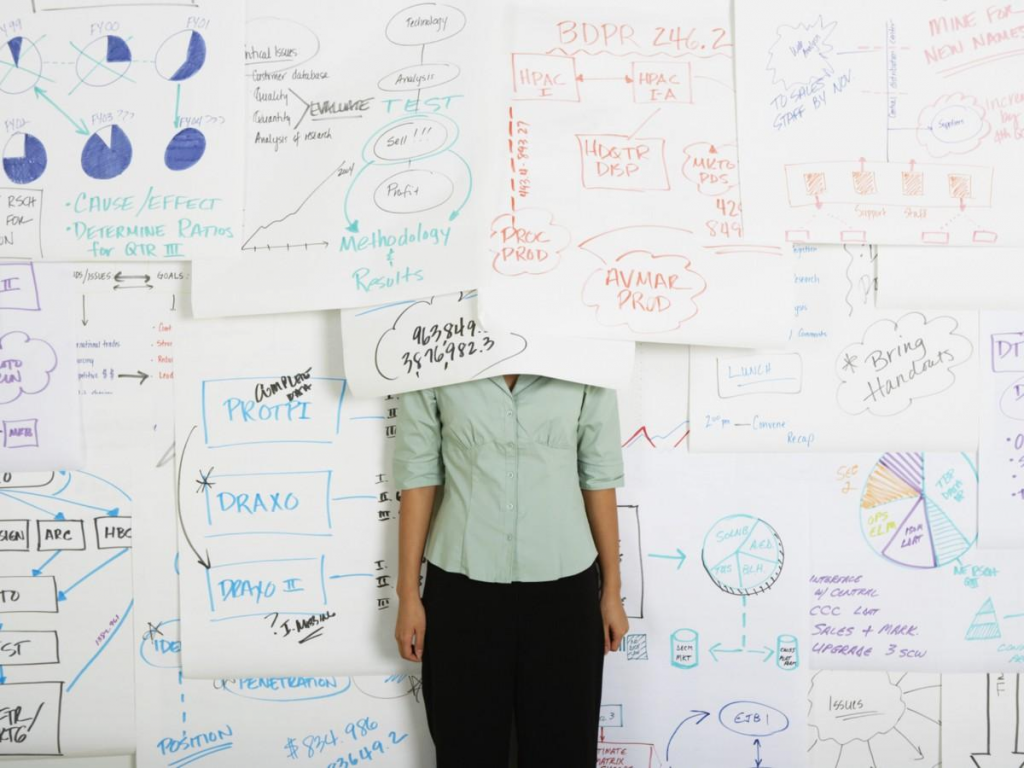
Who Needs a UX Designer?
As the title of this job suggests, a UX designer is typically needed in companies dealing with digital products. But modern reality is different from what we’re used to. Today, all businesses, private and public organizations, and NGOs have transferred their operations to the digital space. Thus, UX designers can work in various industry sectors, each of which benefits from effective web design.
- The educational industry (formal and private educational courses).
- Banking and financial services (including innovative products in the area of blockchain or cryptocurrency).
- Health providers.
- Manufacturers of all kinds.
- Public organizations.
- Publishing, mass media, and broadcasting businesses.
- Telcos.
- Software development and web design agencies.
- Organizations specializing in retail and sales.
From a small startup to an SME to a large corporation, any business needs the UX designer’s assistance. Thus, if you’re a professional with UX design experience, don’t limit the job search to web design and SaaS businesses. The whole world is open for you, with numerous career perspectives and opportunities out there.
Qualifications and Training
As a rule, a UX designer position (especially a senior one) is available to people with the following qualifications under their belts:
- A minimum of 3-5 years of practical UX design experience and UX project oversight at previous positions.
- Proficiency with Adobe Photoshop, Figma, Sketch, OmniGraffle, InVision, and other web design software.
- Beginner to intermediate proficiency in programming (HTML, CSS, etc.).
- A verifiable diploma in web design and continued education in the field of modern UX trends.
- Knowledge of graphic design principles and digital design/media.
- Computer science knowledge.
- Skills and competencies in digital marketing.
- Strong interpersonal, collaborative, and leadership skills.
- Great communication skills.
- Multi-tasking ability.
- Problem-solving skills and analytical thinking.
- Profound understanding of user-centered design.
- Storyboard creation skills and website mapping.
- Ability to iterate designs and find solutions to emerging project-related problems.
- Openness to feedback and account for constructive criticism.
- Passion for design and innovation.
- Solid UX research skills.
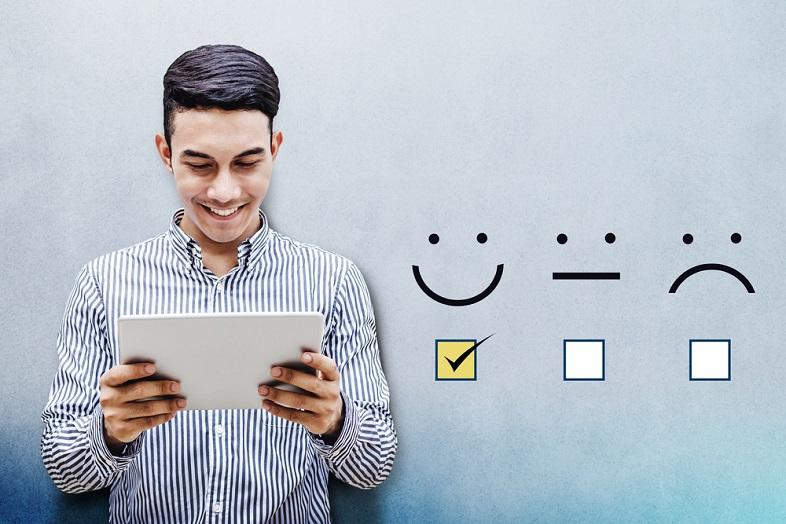
What Should an Employee Expect?
Now, coming to the real-life employment at the UX designer position, what schedule should one expect at a reputable design company? Analysis of vacancy announcements suggests that UX designers usually work 37-40 hours a week, with occasional overtime for meetings or conferences. Many UX designers are employed on a freelance basis, working full-time or part-time. Short-term contractual employment is also typical in this area to cover the UX design needs of a single project. Visit this site to learn more details on hiring a vetted specialist.
UX Design Matters
As you can see, a UX designer should have varied skills and possess versatile talents, combining web design knowledge and project management essentials. Given how much an optimal UX design matters in the modern competitive market, this mix of requirements is reasonable. So, focus on this list of duties, responsibilities, and required qualifications to find the right talent for your team or become the right specialist for your employer. UX design is trending; it’s here to stay, so UX specialists will be in higher demand day by day.

